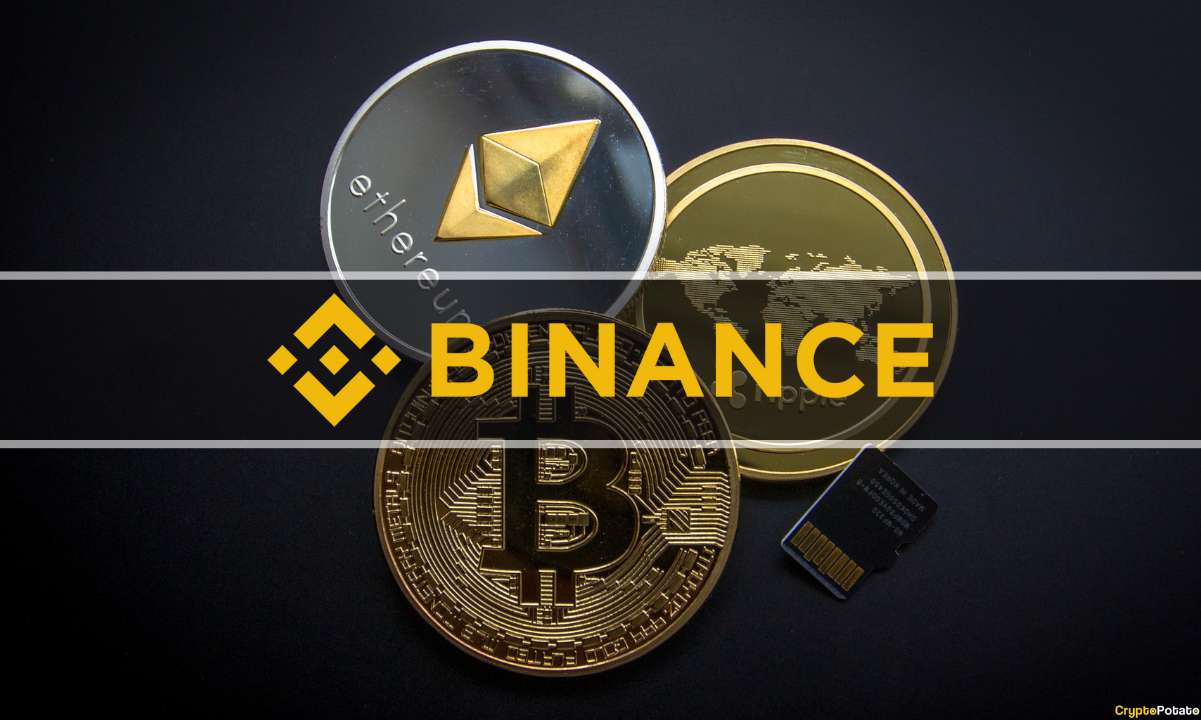

The company has switched to a “semi-automated” process to govern the reserves that back the tokens it issues. In late January, it was discovered that Binance stored token collateral with user funds in the same wallet.
Bloomberg reported that the firm mistakenly stored collateral for almost half of its 94 Binance-peg tokens (B-tokens) in a single $16 billion wallet that also held customer funds.
On Feb. 23, Bloomberg stated that Binance has now set up a partially-automated process that ensures the B-tokens are “always transparently backed.” This is achieved via a system that “only allows minting of new coins to take place after collateral has been added to the appropriate wallet,” it added.
Binance is shifting to a “semi-automated” system for overseeing the reserves that back tokens it issues, following years of mismanagement https://t.co/Vlk0HqdUfG
— Bloomberg Crypto (@crypto) February 22, 2023
Binance B-token Transparency
A Binance spokesperson told the outlet that the exchange has been moving the collateralized assets to dedicated wallets over the past few weeks. There is one for each network, which shows the 1:1 backing of each asset. They added:
ADVERTISEMENT
“This collateral has always been backing our users’ B-token assets and has always been available for withdrawal at any time. We are now simply showing it on-chain in dedicated wallets where it will remain until it may be required.”
The move may be a PR exercise to increase reserve transparency amid a regulatory crackdown on centralized exchanges.
The semi-automated system might enable Binance to intervene if an incident were to impact the B-token reserves, Bloomberg speculated.
Research analyst at blockchain data firm Kaiko, Conor Ryder, said it still gives them the ability to hit the switch, if the worse comes to worst before adding:
“But it isn’t an ideal fully-automated system and we’ve seen before that Binance has mismanaged the kind of minting process that goes on here,”
He concluded that a fully automated process just to ensure that that doesn’t happen again would be ideal. “There’s still potentially an element of trust that needs to be placed in Binance and its management of these reserves,” he said.
Implementing zk-proofs
On Feb. 10, Binance improved its proof-of-reserves system by implementing zero-knowledge proofs in the form of zk-SNARKs.
It enables users to check that each account’s total net balance is non-negative. It also shows that all user assets are part of Binance’s claimed total net balance.
Zk-proofs are a cryptographic method of proving the validity of a statement or data without revealing the data or statement itself.
Binance Free $100 (Exclusive): Use this link to register and receive $100 free and 10% off fees on Binance Futures first month (terms).
PrimeXBT Special Offer: Use this link to register & enter POTATO50 code to receive up to $7,000 on your deposits.
The post appeared first on CryptoPotato






